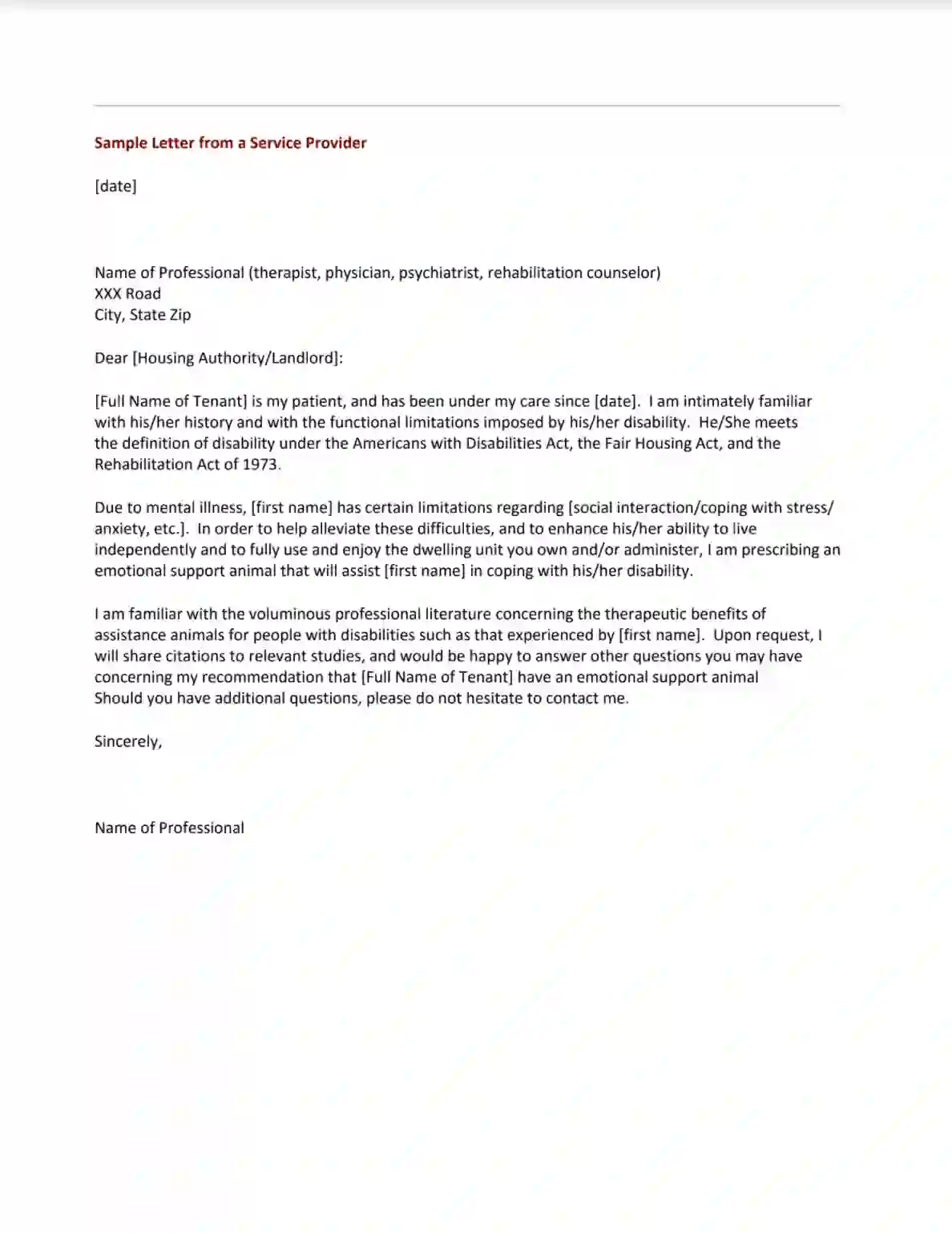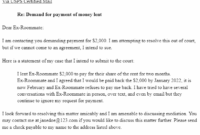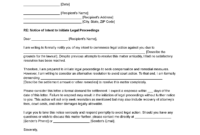Navigating the world with an emotional support animal, especially a beloved dog, can bring immense comfort and stability to individuals facing various mental or emotional challenges. These special companions offer unconditional love and a calming presence that can significantly improve daily life. However, for your emotional support dog to be formally recognized and for you to fully benefit from their companionship in situations like housing or travel, you often need an official letter from a licensed mental health professional.
This letter serves as a crucial document, validating your need for an emotional support animal. It’s not just a formality; it’s a key that unlocks certain protections under federal laws, helping ensure you and your furry friend can stay together. Understanding what this letter entails and how to prepare for obtaining one can make the process much smoother and less daunting.
Understanding the Importance of an ESA Letter
An Emotional Support Animal (ESA) letter is more than just a piece of paper; it’s a formal recognition of your need for an animal companion to mitigate symptoms of a mental or emotional disability. This document is issued by a licensed mental health professional (LMHP) who has evaluated your condition and determined that an emotional support animal is a necessary part of your treatment plan. Without this letter, your dog might simply be considered a pet, not offering the specific legal protections afforded to ESAs.
The primary benefit of an ESA letter revolves around two main areas: housing and air travel. When it comes to housing, the Fair Housing Act generally prohibits landlords from discriminating against individuals with disabilities who have ESAs, even in properties with “no pets” policies. For air travel, while regulations have evolved, a legitimate ESA letter was historically essential for allowing your dog to fly with you in the cabin without extra fees. It’s always important to check current airline policies as they can change.
Getting an ESA letter isn’t about getting around pet rules; it’s about acknowledging a genuine therapeutic need. The professional who writes the letter must have a current, active license and be qualified to diagnose and treat mental health conditions. They need to have an established professional relationship with you to properly assess your situation and confirm that your emotional support dog provides a direct, therapeutic benefit that alleviates symptoms of your disability.

The letter itself must contain specific information to be considered valid. This includes the LMHP’s professional license number, the date it was issued, and a statement confirming your disability and the therapeutic role your emotional support dog plays. It will not disclose specific details of your diagnosis, maintaining your privacy while affirming your need. This official documentation is what gives weight to your claim for an emotional support animal.
Key Components of an Effective ESA Letter
To ensure your ESA letter is comprehensive and effective, it should generally include several critical pieces of information. This helps anyone reviewing the letter understand its validity and purpose.
- The letter must be written on the licensed mental health professional’s official letterhead.
- It should clearly state that you have a mental or emotional disability that substantially limits one or more major life activities.
- It must affirm that the emotional support dog is necessary for your mental health and helps to mitigate symptoms of your disability.
- The letter should include the licensed mental health professional’s license type, number, jurisdiction of issuance, and date of issue.
- It must be signed and dated by the professional.
- While not always required, sometimes it helps to state that the professional is actively treating you for your condition.
Crafting Your Own Emotional Support Dog Letter Template
While you can’t simply write an emotional support dog letter template yourself and expect it to be valid, understanding its structure and what needs to be included is incredibly helpful. Thinking about an emotional support dog letter template as a guideline for what your licensed mental health professional will ultimately produce is a better approach. It prepares you for the conversation with your therapist or doctor, ensuring all necessary information is considered and included in the final, official document.
The journey to obtaining a legitimate ESA letter begins with a consultation with a qualified mental health professional. This could be a psychiatrist, psychologist, therapist, or another licensed mental health provider who is familiar with your case and has a history of treating you. They are the only ones legally and ethically qualified to assess your need for an emotional support animal and issue the accompanying documentation. Beware of online services that promise instant letters without a proper, individualized assessment.
When you meet with your LMHP, be prepared to discuss how your emotional support dog contributes to your well-being. Share specific examples of how your dog helps alleviate symptoms of your condition. For instance, if you experience anxiety, explain how your dog’s presence grounds you and reduces panic attacks. If you struggle with depression, describe how their need for walks motivates you to stay active and connected. Your personal experiences are vital for your professional to make an informed decision.
Remember, an emotional support dog letter template is merely a framework. The actual letter must be personalized to your situation and based on a genuine clinical evaluation. It’s about more than just owning a pet; it’s about having a documented therapeutic need. Work collaboratively with your mental health provider to ensure the letter accurately reflects your situation and meets all necessary legal requirements for validity.
- Be open and honest about your mental health challenges and how your dog provides support.
- Provide specific examples of how your dog helps mitigate symptoms of your condition.
- Ask your LMHP if they are comfortable and qualified to write such a letter.
- Ensure you have an ongoing professional relationship with your LMHP; they should be treating you.
The bond you share with your emotional support dog is a powerful one, offering comfort, companionship, and a significant boost to your mental and emotional health. Taking the right steps to secure an official ESA letter ensures that this vital partnership is recognized and protected, allowing you to fully experience the benefits your dog provides wherever you go.
By understanding the requirements and preparing for your consultation with a mental health professional, you empower yourself to navigate the process confidently. This proactive approach helps secure the documentation needed to confirm your dog’s role as a therapeutic companion, ensuring you both can continue to share life’s journey with fewer obstacles.



